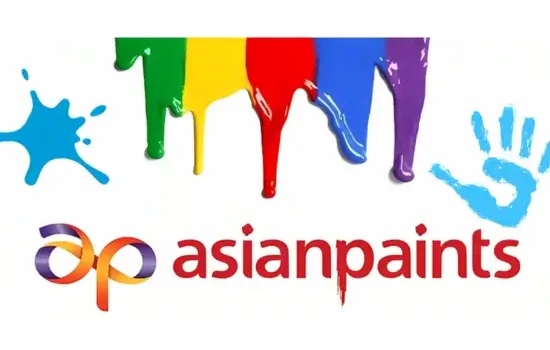Asian Paints, a leader in the Indian paint industry, has consistently held a dominant position in the market. As one of the largest paint manufacturers in Asia, the company has expanded its reach across 15 countries and operates 27 manufacturing plants globally. This analysis will delve into the Strengths, Weaknesses, Opportunities, and Threats (SWOT) of Asian Paints in 2024, providing insights into its current standing and future prospects.
Current Overview of Asian Paints

Asian Paints holds a remarkable 59% market share in India’s paint industry, which is a testament to its robust business strategies and strong brand presence. The company continues to exhibit solid financial performance with consistent profitability ratios. However, the company faces challenges in international markets, with varying degrees of success in different regions. Despite these hurdles, Asian Paints has managed to maintain its leadership position in the domestic market while expanding its product portfolio to cater to various customer segments.
Strengths
1. Market Leadership: Asian Paints has established itself as the market leader in the Indian paint industry with a significant market share. Its dominance in the sector allows the company to set industry trends and standards, which gives it a competitive edge over its rivals.
2. Extensive Distribution Network: The company’s vast distribution network across 15 countries ensures its products are widely available, enhancing customer reach and satisfaction. This extensive network also contributes to the company’s ability to maintain its market leadership.
3. Innovation and R&D: Asian Paints invests heavily in research and development, leading to innovative products that cater to the evolving needs of consumers. This focus on innovation has helped the company introduce eco-friendly and technologically advanced products, strengthening its brand reputation.
4. Brand Recognition: With decades of market presence, Asian Paints has built a strong brand name synonymous with quality and reliability. This brand recognition not only drives customer loyalty but also attracts new customers, further solidifying its market position.
Weaknesses
1. Dependence on the Indian Market: Despite its global presence, a significant portion of Asian Paints’ revenue comes from India. This heavy reliance on the domestic market makes the company vulnerable to any economic downturns or policy changes in India.
2. Underperformance in Certain International Markets: While Asian Paints has a strong presence in countries like Bangladesh, Nepal, and the UAE, it has underperformed in other international markets. This inconsistent performance hampers its global expansion efforts and limits its growth potential outside of India.
3. High Operational Costs: The company’s extensive distribution network and large-scale operations lead to high operational costs. These costs, coupled with fluctuations in raw material prices, can impact the company’s profit margins.
Opportunities
1. Expansion in Emerging Markets: Asian Paints has a significant opportunity to expand its presence in emerging markets. These markets, with their growing economies and increasing demand for quality products, present a fertile ground for the company’s growth.
2. Diversification of Product Portfolio: The company can further diversify its product portfolio by venturing into new segments such as industrial coatings and automotive paints. This diversification will not only reduce its dependence on the decorative paint segment but also tap into new revenue streams.
3. Technological Advancements: Leveraging technological advancements can help Asian Paints enhance its product offerings. The integration of smart technology in paints, such as anti-bacterial or temperature-regulating properties, can cater to the evolving demands of modern consumers.
Threats
1. Intense Competition: The paint industry is highly competitive, with both domestic and international players vying for market share. Competitors like Berger Paints and Nippon Paints pose a constant threat to Asian Paints’ market dominance.
2. Economic Cycles: The paint industry is closely tied to the real estate and construction sectors, making it susceptible to economic cycles. A downturn in these sectors can lead to reduced demand for paints, impacting the company’s revenue.
3. Regulatory Challenges: With increasing environmental regulations, the company may face challenges in terms of compliance and adaptation. These regulations could lead to higher production costs and require significant changes in manufacturing processes.
Conclusion
In 2024, Asian Paints continues to lead the Indian paint industry, supported by its strong brand, innovative products, and extensive distribution network. However, the company faces challenges in international markets and must navigate the threats posed by intense competition and economic fluctuations. By leveraging opportunities in emerging markets and diversifying its product offerings, Asian Paints can maintain its market leadership and achieve sustainable growth. To remain competitive, the company must continue to innovate and adapt to changing market dynamics, ensuring it stays ahead in the global paint industry.